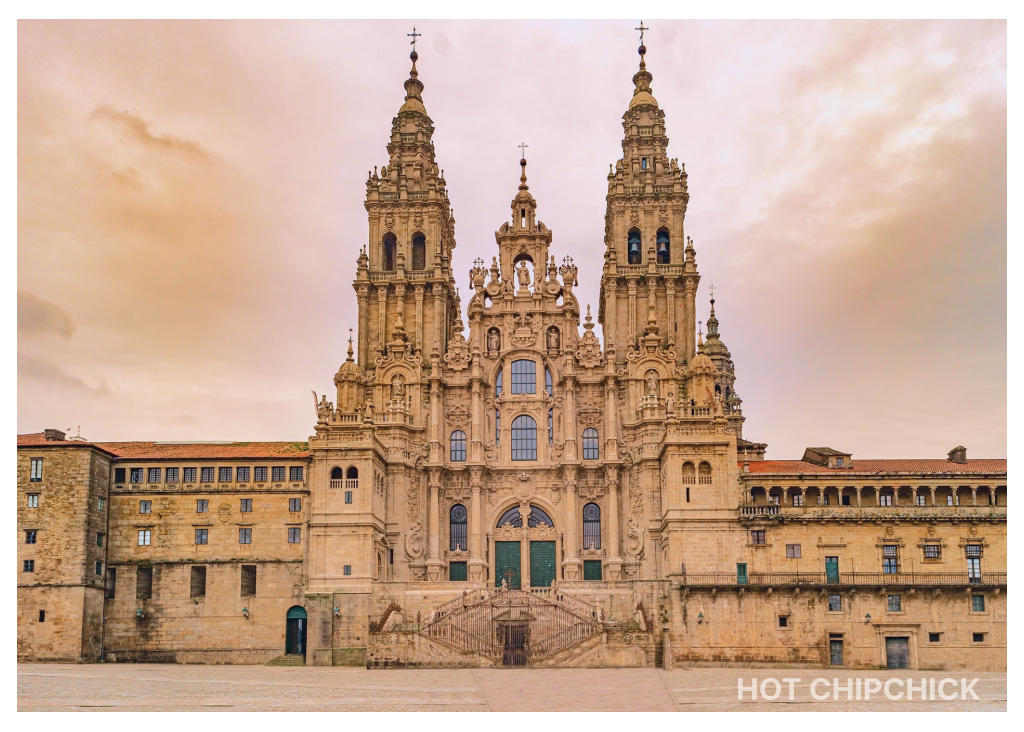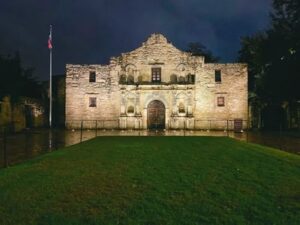The Bishop Teodomiro is recognized as an important person in Santiago de Compostela pilgrimage history. Despite limited information about him, recent investigations on alleged remains attributed to him have shed more clarity on who he was and what he stood for in the past.
Between 820 and 830 A.D., there lived a hermit named Pelayo who saw a celestial event when a shower of star fell onto a valley.
After examination, he revealed an ancient tomb, informing Bishop Teodomiro at ****Iria-Flavia**** which corresponds to current Padrón town in Spain.
After three days of prayer and fasting, the bishop announced that the tomb contained the body of Apostle James together with two companions. King Alfonso II of Asturias ordered the construction of a small chapel near the grave when he received the message.
It was during the 12th Century that people began to hear stories on how Santiago apóstol’s grave had been discovered thus giving rise to Jacobean custom that persists today as a popular form of pilgrimage towards the Cathedral in Santiago de Compostela located within Galicia region of Spain.
The tale is undeniably historically significant, but the existence of Bishop Teodomiro is still debate. In the latter half of the 20th century, a discovery at Santiago de Compostela Cathedral addressed this debate. Archaeologists found a gravestone from 847 C.E., which indicates that someone buried there was an elderly male. This finding suggests that Bishop Teodomiro might have existed.
However in mid-1980s analysis of those remains suggested they were actually a female’s.
An international research team led by Patxi Pérez Ramallo from the Norwegian University of Science and Technology re-examined them using cutting edge technologies.
Recent analysis of these bones confirmed that they belonged to an adult male older than 45 years.
His diet was characterize mainly by marine and terrestrial proteins. This was a different approach as compared to most Christian monks of his time who had very strict dietary restrictions.
These eating patterns can serve as indicators of local customs and religious beliefs. Indeed, radiocarbon dating demonstrates how the diet in 847 C.E. corresponded with historical evidence supporting consumption of marine protein.

Research indicates that the individual resided close to the coast, aligning with the geographic location of Iria Flavia.
The genetic profile of the individual exhibits subtle differences from modern Europeans. It reveals a closer connection to Roman Iberians, southern Iberian Visigoths, and Islamic populations of Iberia. This profile closely resembles that of people living in Spain approximately 1,200 years ago.
The evidence suggests these remains are Bishop Teodomiro’s, making him one of Spain’s earliest recognized historical figures.
New Blog for News in Hot Chip Chick : New Genetic Analysis Reveals Close Kinship of Parents in Ancient Mexican Child Sacrifice Case






